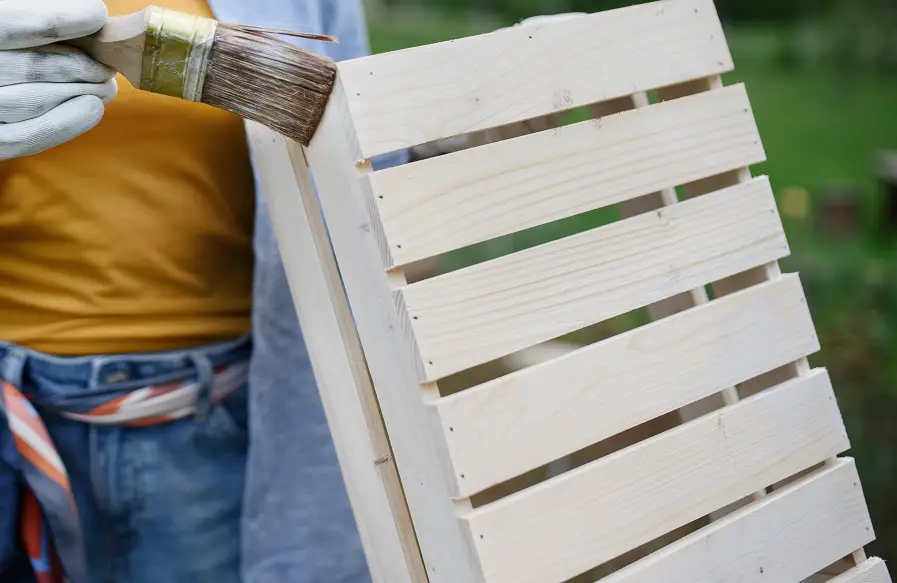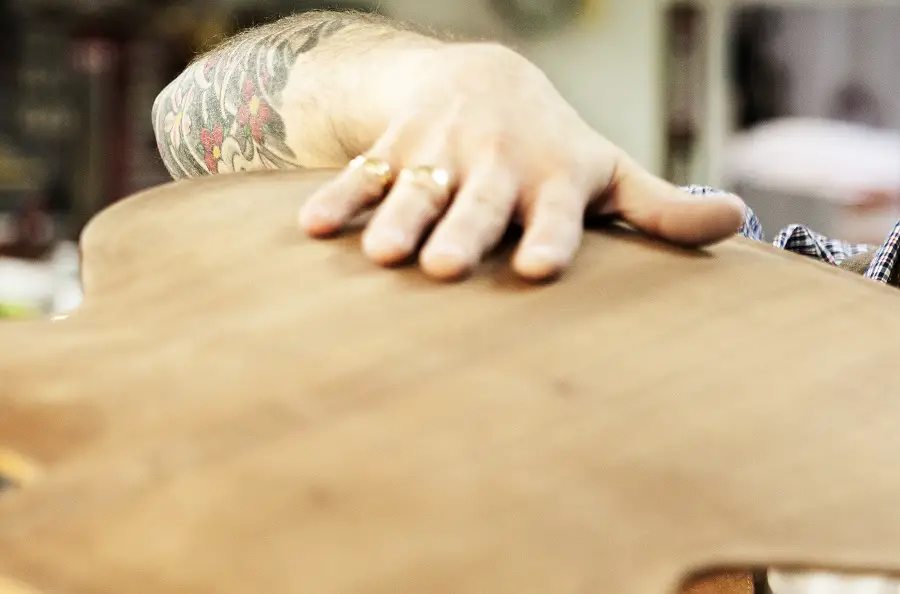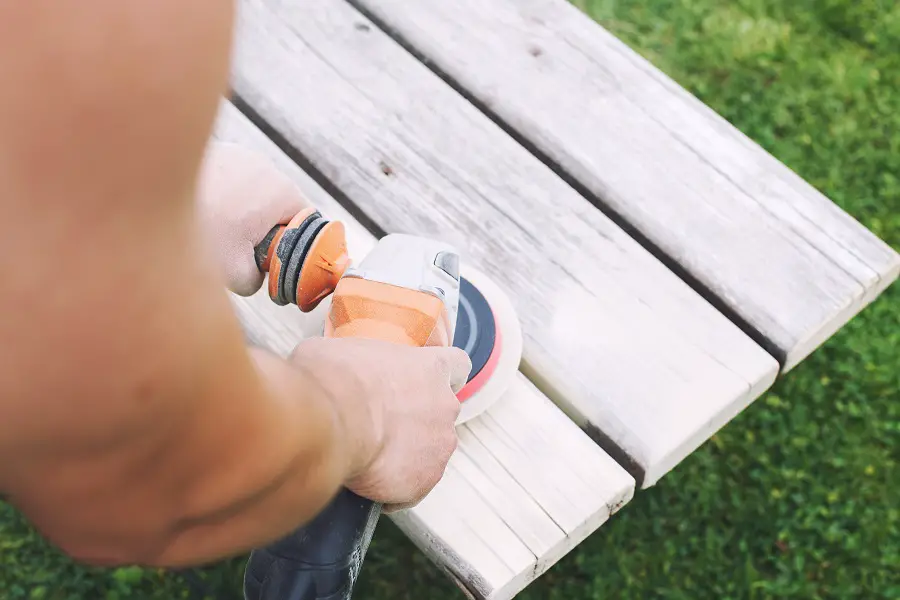"I read in the article that if water-based paints are used, the wood grain rises more. What does this mean? Can you give me more details?" It is a comment that reminded me, once again, that not everyone who reads wood finishing recommendations is familiar with the commonly used expressions in the field. Quite often they fall into the sin of using technical language, which is a challenge for DIY enthusiasts. The article below is for them, but also for those who want to better understand the phenomenon and what needs to be done to make the wood surface smooth again.

Why the wood fiber raises when using finishing products
Wood loves liquids, especially water, and when it finds it, it absorbs it. This is because wood is made up of fibers that during the tree's lifetime have absorbed nourishment consisting mainly of water in which nutrients were dissolved. After felling, the wood loses water, first naturally and then by force until it reaches the moisture content at which it can be used. For wood used indoors, the moisture content for the geographical area of our country is 8-12%, and for wood used outdoors, 14-16%. I refer to the geographical area because wood moisture is in balance with its environment. If the humidity in the house or outside varies, the wood absorbs or releases water to bring it back into equilibrium. As a result, it swells or shrinks. This is what we mean when we say that wood working, moving.
Forced water loss tends to be recovered. When we coat wood with wood stain or water-based paint, the wood fibers absorb the water to replace the water lost during drying. Absorption is most pronounced at the fiber ends. Fiber ends occur when wood is mechanically processed to obtain different elements. Most are when the wood is cross cut. Therefore, if we want to color a piece of wood, the color will be much more intense on the side where the cut was made perpendicular to the grain. That's where the absorption is greatest. But fiber ends also occur in other mechanical processing because it is impossible for the cut to follow the exact direction of all the fibers.
When they absorb water, the fibers swell and their ends rise. This is what you feel when you run your hand over the colored surface, especially after the stain or paint has dried. The phenomenon also happens when applying solvent-based stains or paints, but it is much less intense. The thinners used for varnishes or varnishes/paints are mixtures of solvents with different behaviors. Of these, some evaporate before being absorbed and others have a molecule that is much too large to get into the wood.

Why fiber lifting is a problem for finishing
We all want our wooden chair, table or furniture to be pleasant to the touch, not scratching or scratching. What makes objects unpleasant to the touch is precisely the raised grain. The varnish or paint that sits on them hardens when it dries, making them much harder. It's what makes the surface feel rough.
To solve the problem the varnished/painted surface must be sanded. You will never get a smooth, nicely textured surface by sanding the wood very well. Even if apply several coats of varnish or paint in the hope that the raised fiber will be covered. This is not the solution, but sanding after the first coat of primer, varnish or paint applied. In addition, applying multiple coats of varnish or paint will make the final film you get very thick and will crack over time.
What's the solution for high fiber removal
Sanding is the key to smooth surfaces that are pleasant to the touch. It is important both to sand the wood before staining and varnishing/painting, and to sand the first coat (at least) of primer, varnish or paint applied.
In terms of finish, wood sanding is necessary to regulate the absorption of the materials to be applied. Mechanical machining can leave the machined surface uneven, with the fiber ends plucked or split so that absorption into the wood is high and irregular. Abrasive material with controlled parameters cuts the fibers evenly, making uniform absorption possible. Sand with specific materials for wood120 to 180 grain, depending on the hardness and density of the wood. Finer sanding (220 grit or higher) is not recommended because the resulting fine dust can block absorption into the wood. This may result in light-colored stains when applying the stain or decreased adhesion of the varnish or paint to the wood.

The first coat of primer/lacquer/paint is sanded with sandpaper with a grit size of min. 240 and not more than 400. A sanding with paper coarser than 240 removes too much of the deposited layer and leaves scratches on the surface, and one with paper finer than 400 has no power to remove the hardened fiber. Abrasive 400 grit paper is mainly used when the varnish/paint is glossy. Luciul highlights defects and it is possible to see small scratches left by a coarser abrasive material (e.g. 320 grit). Fine abrasive sponges can also be used for sanding.
If the first coat has been very well sanded, with the right materials so that not too much material is removed and the wood is back to the wood, the next coat will not show any raised fibers that need to be removed. However, sanding subsequent coats can remove other defects - dust trapped in the film, air bubbles, orange peel appearance - which will make the final appearance of the film much nicer. The last layer is not sanded. If a higher gloss is desired the surface can be polished. Find here more information on polishing.
I hope you find the above information useful. As always, additions are welcome. And if you have any questions or queries, please leave them below in the space provided. I will be sure to reply.



































Add comment